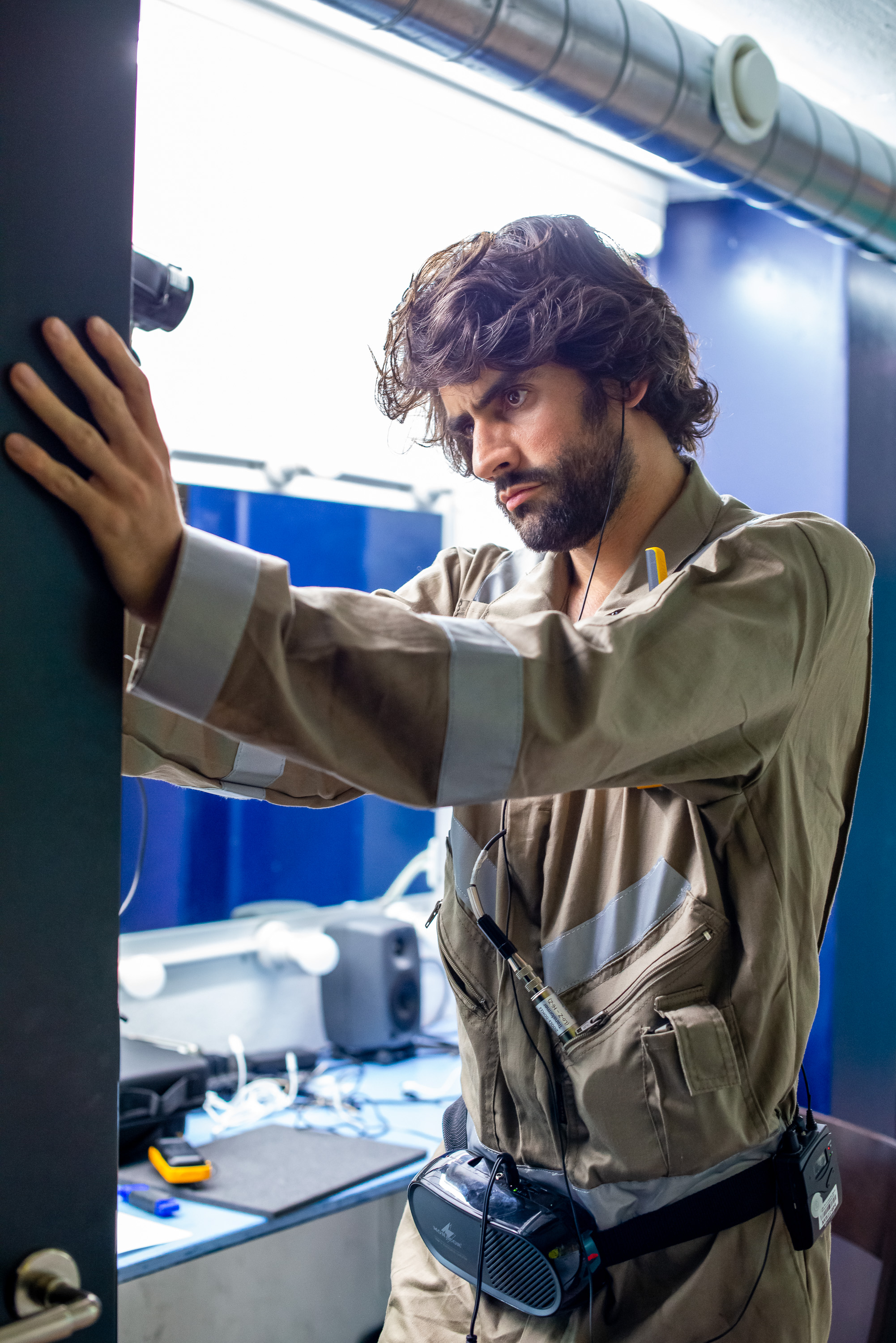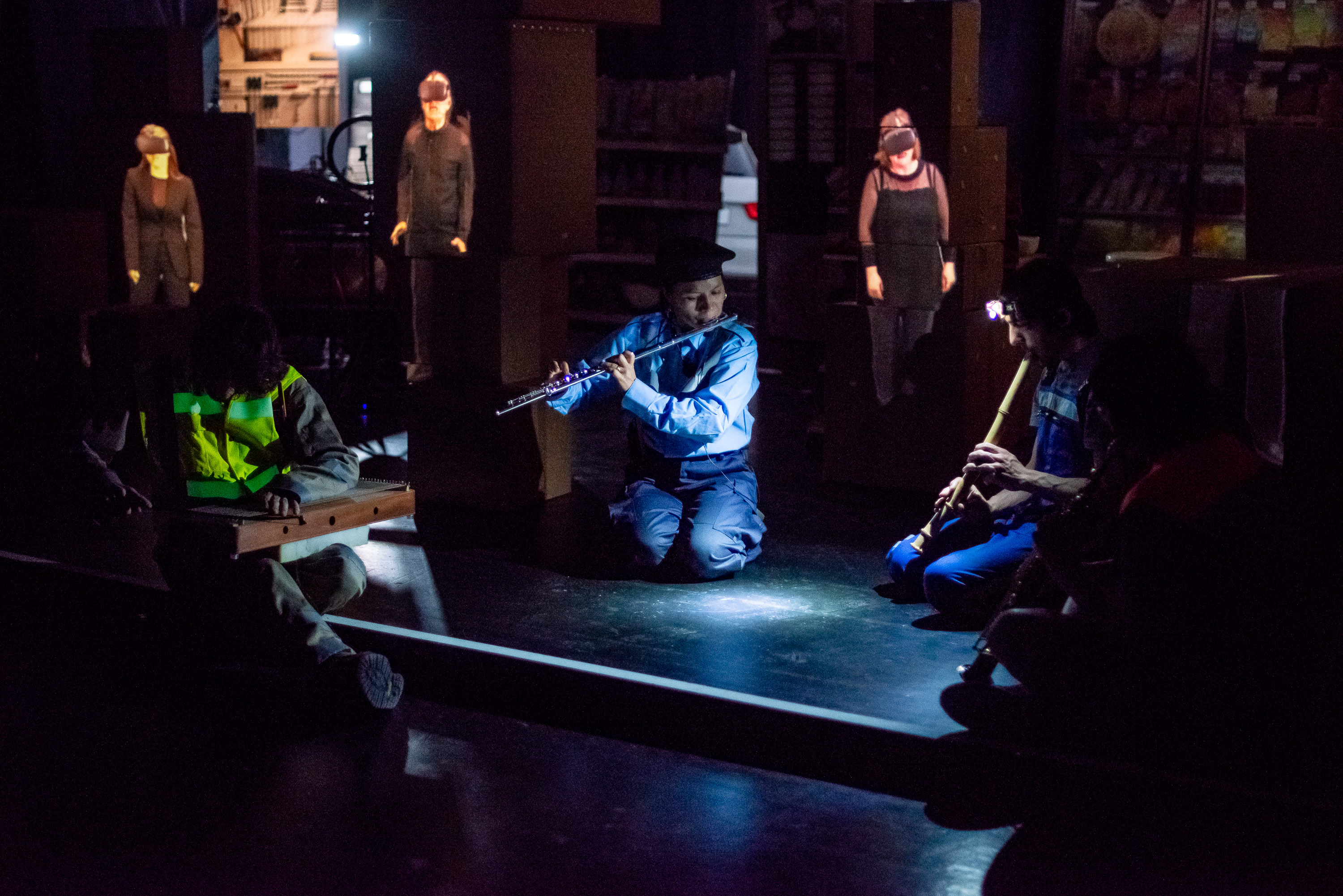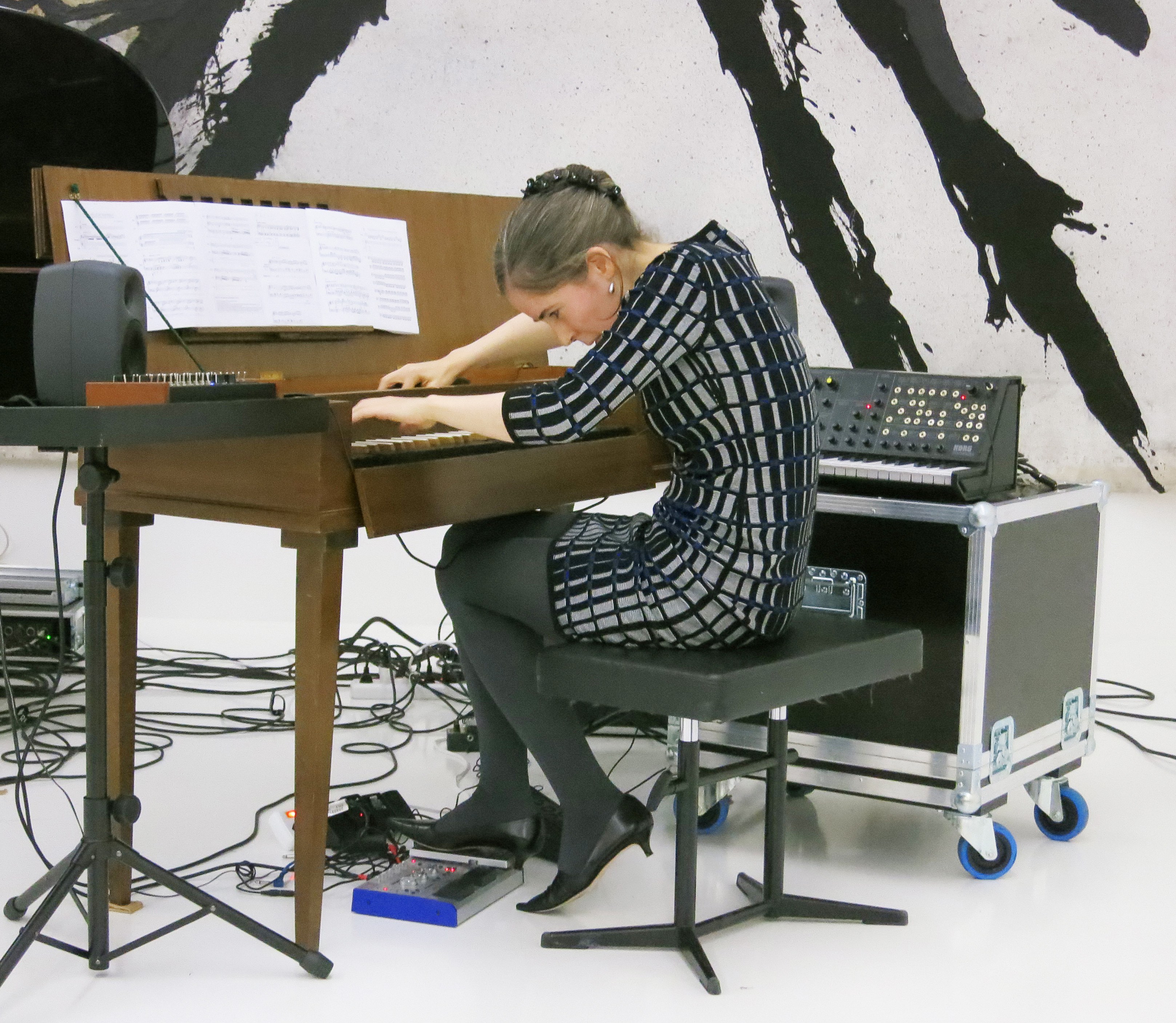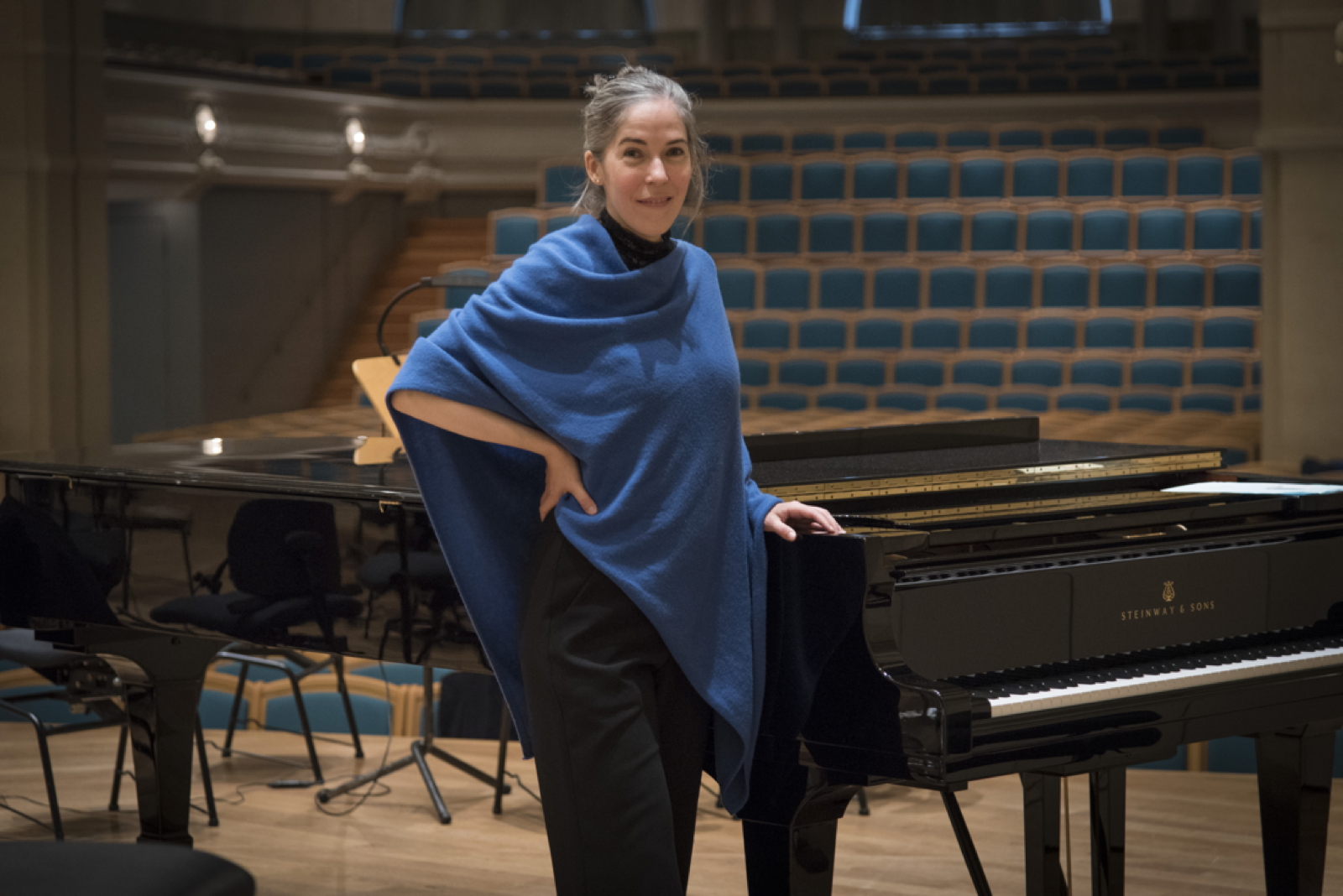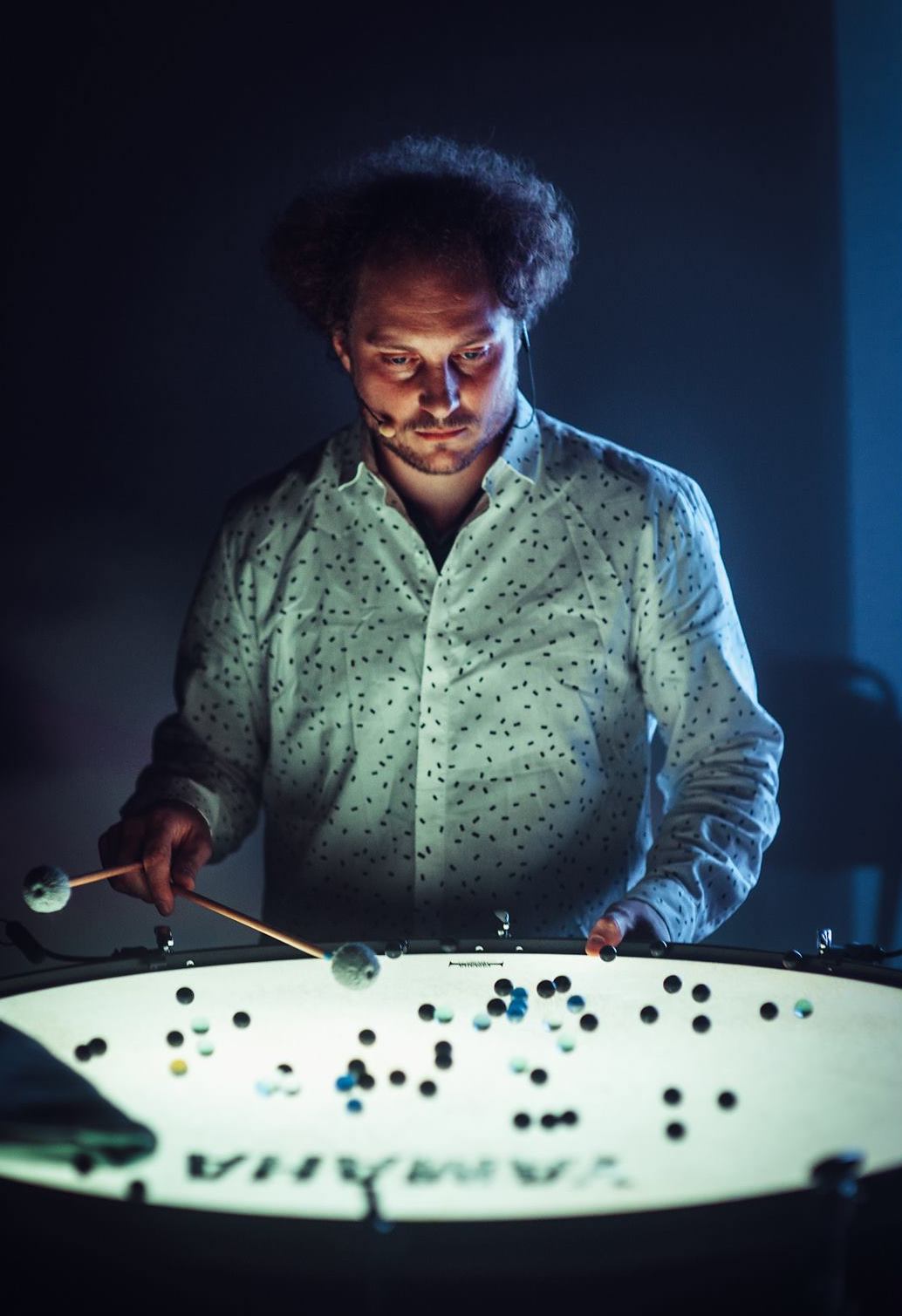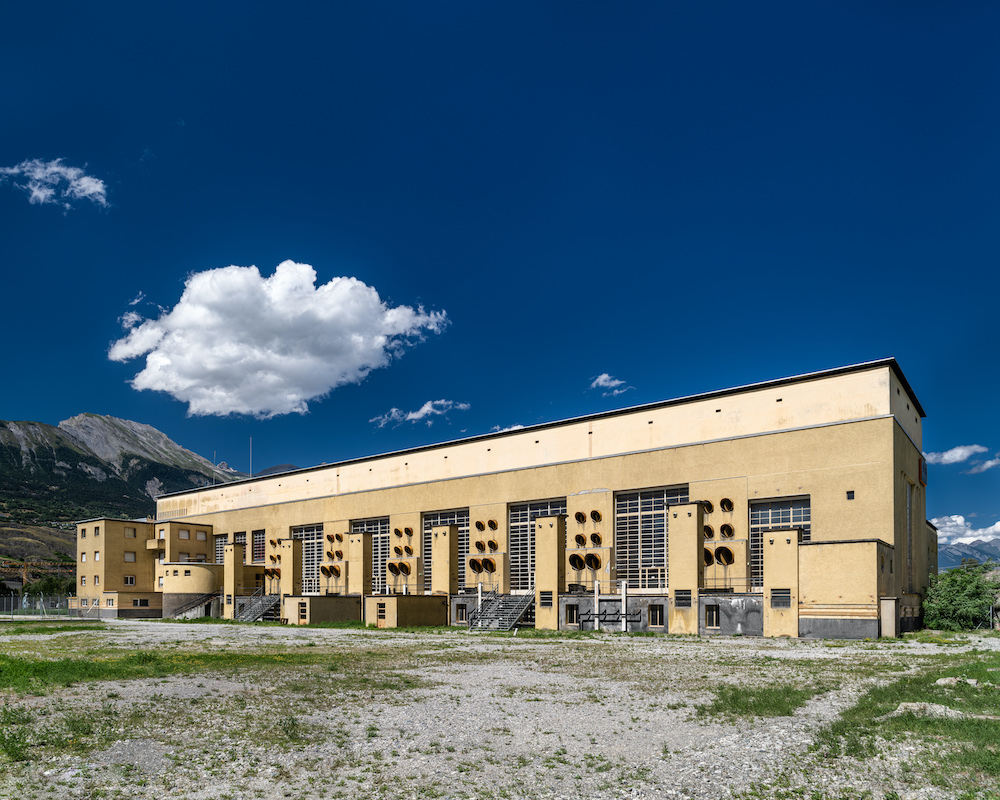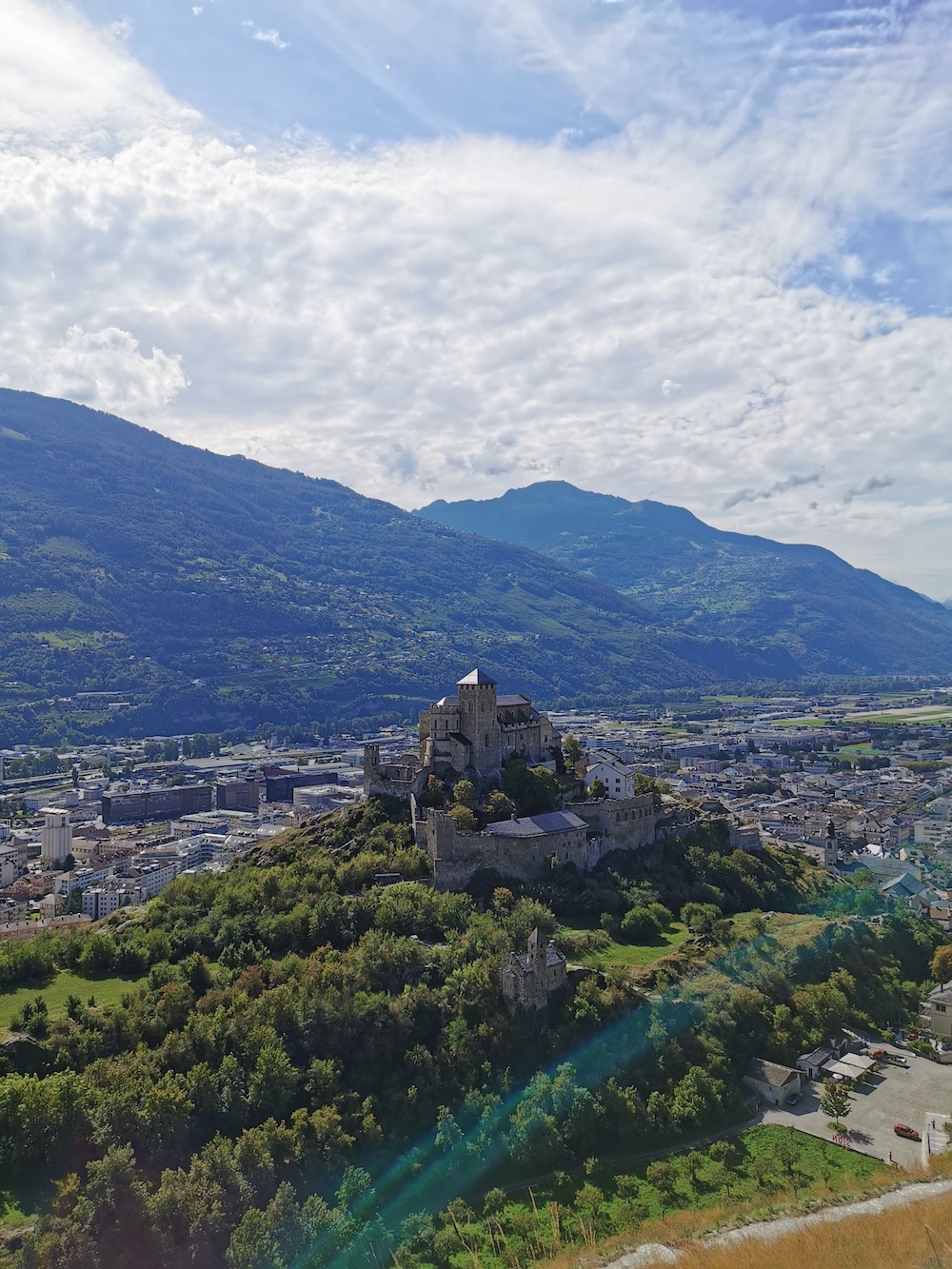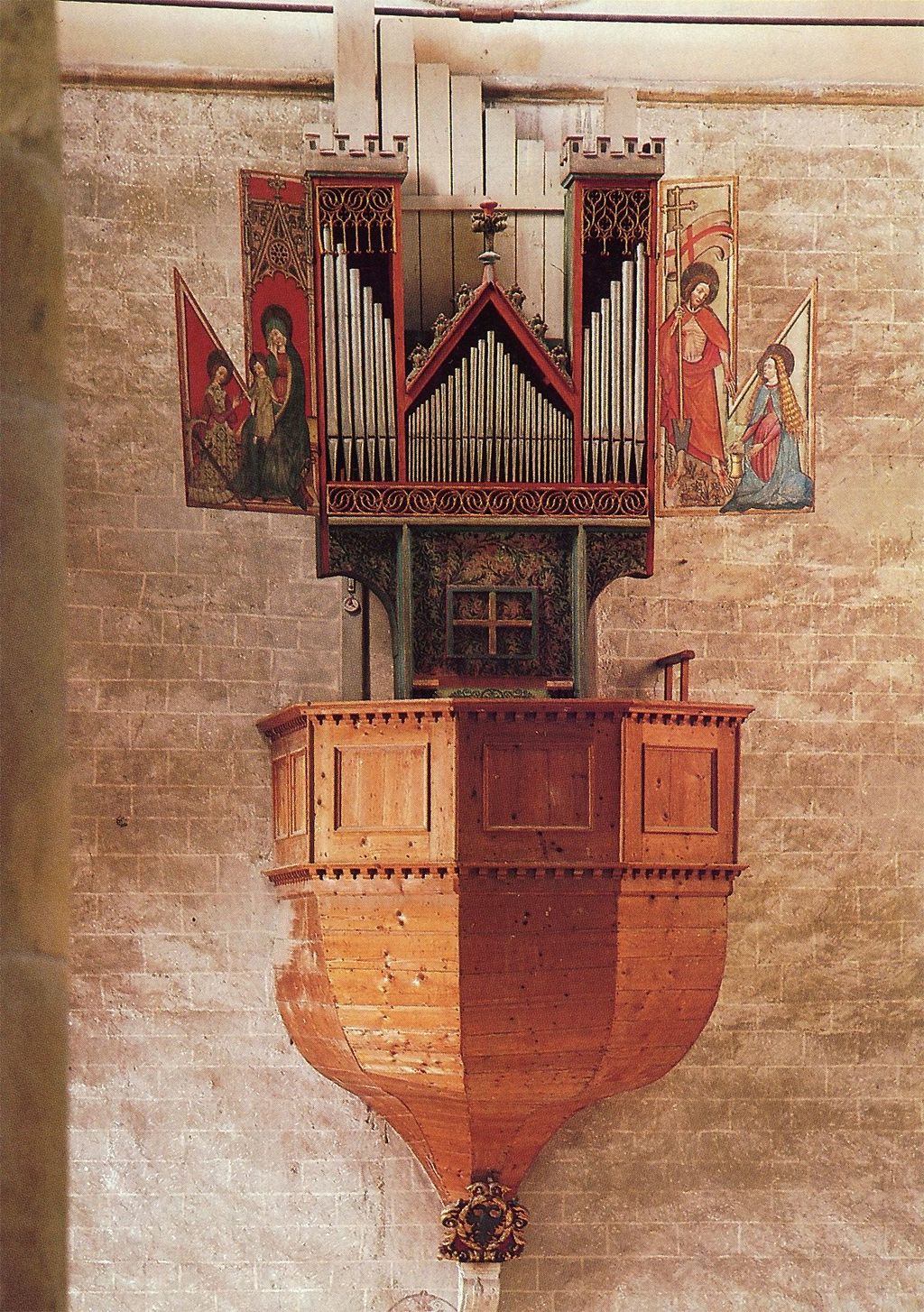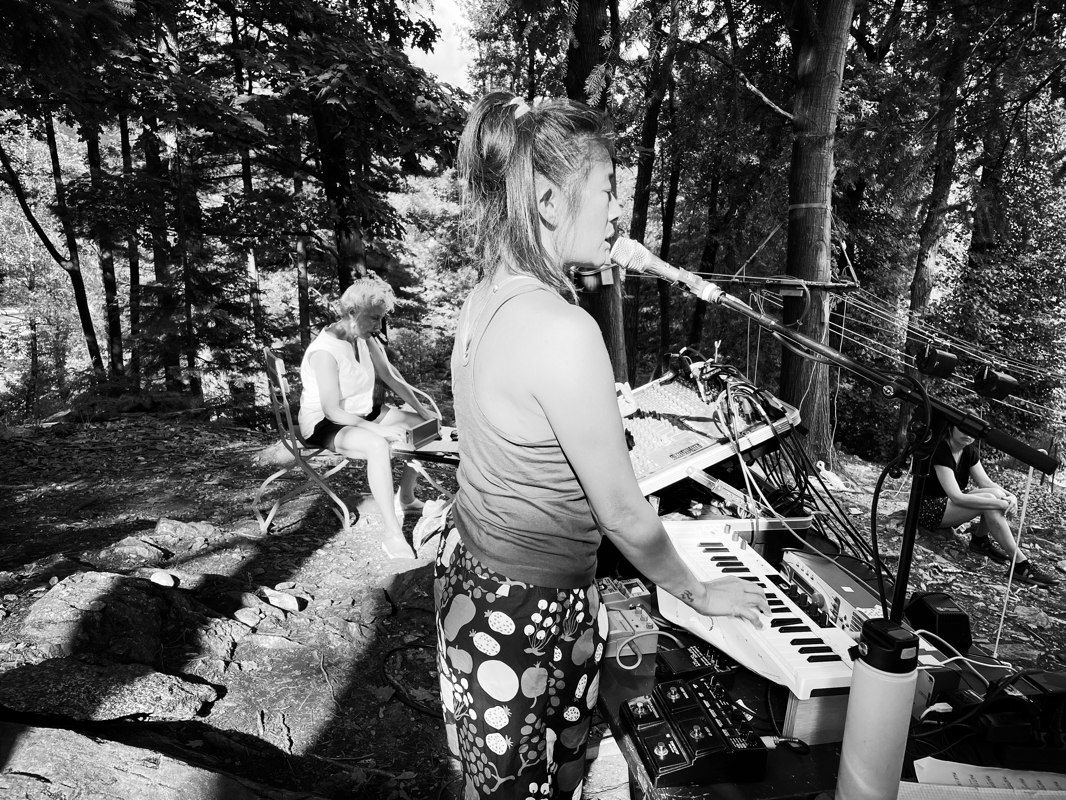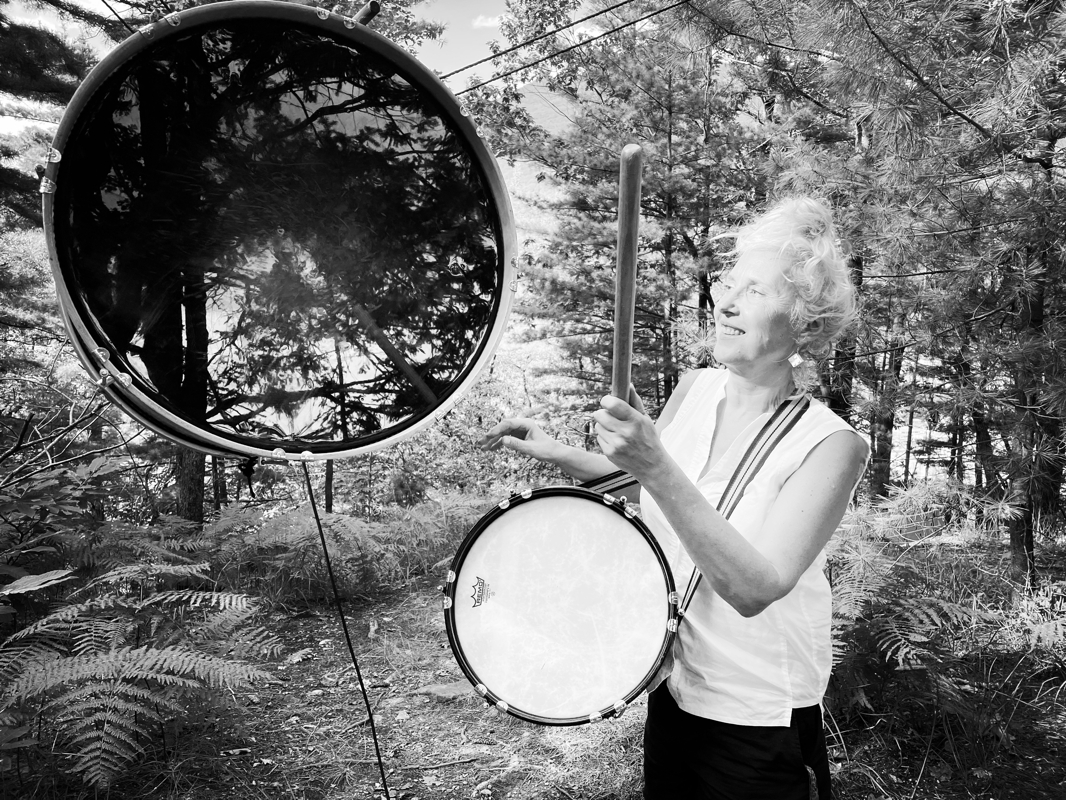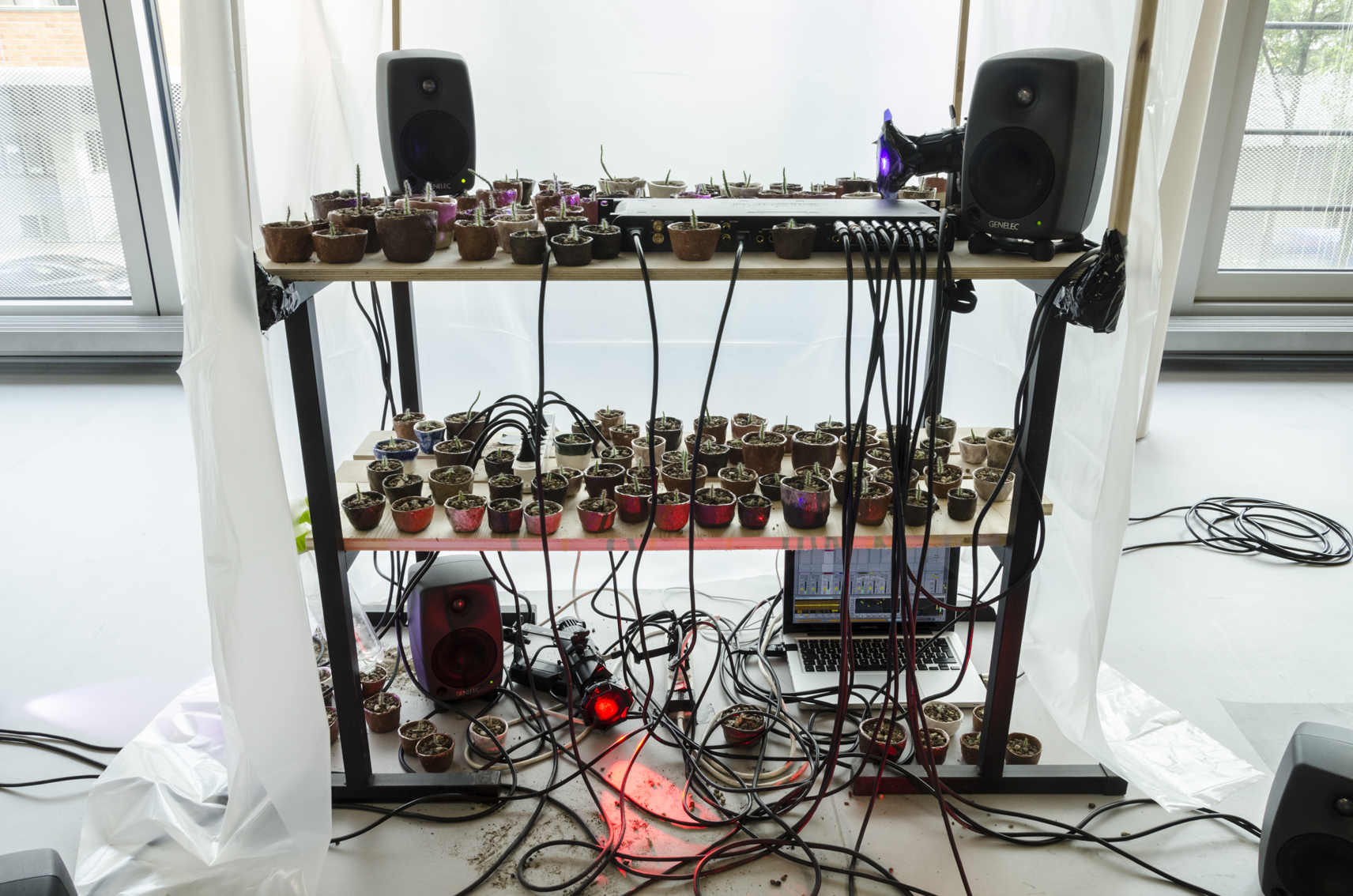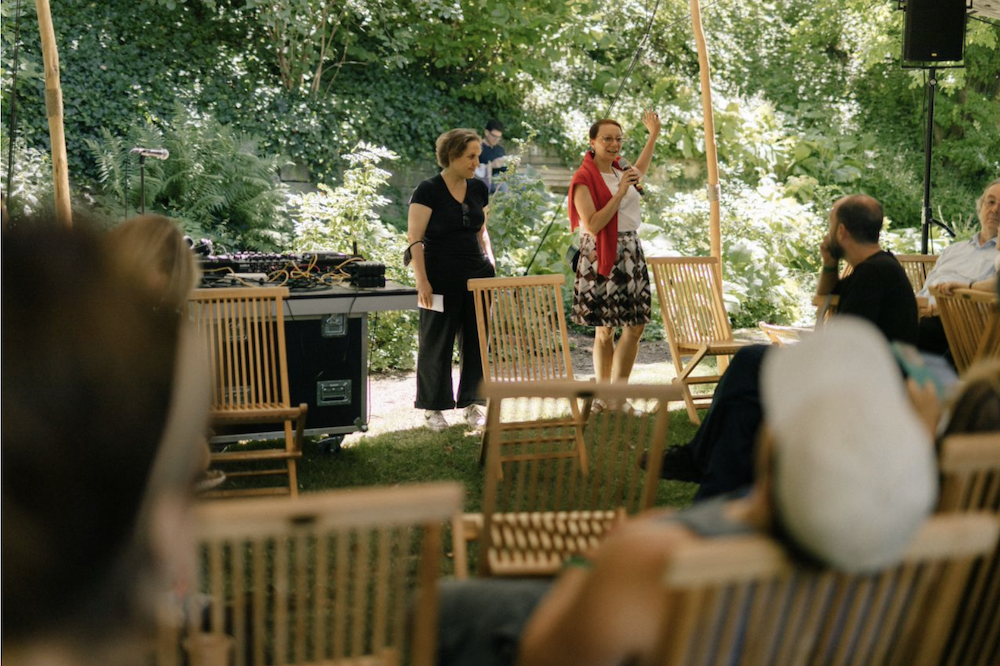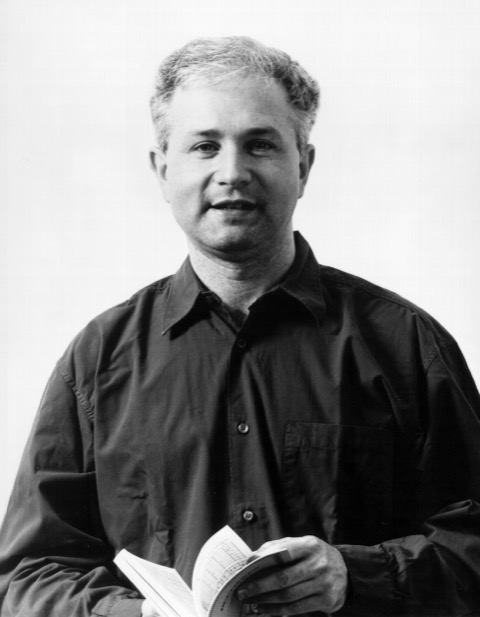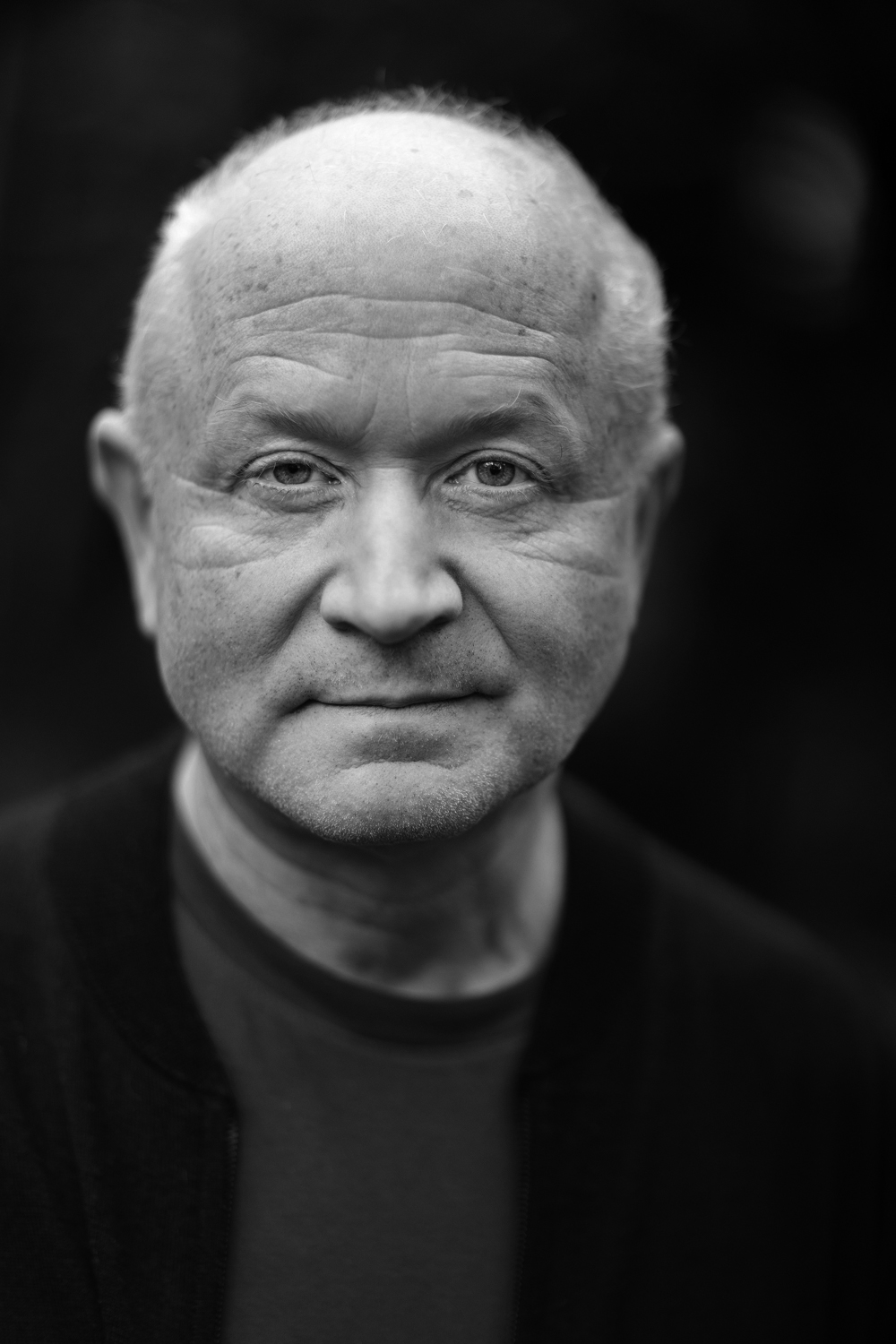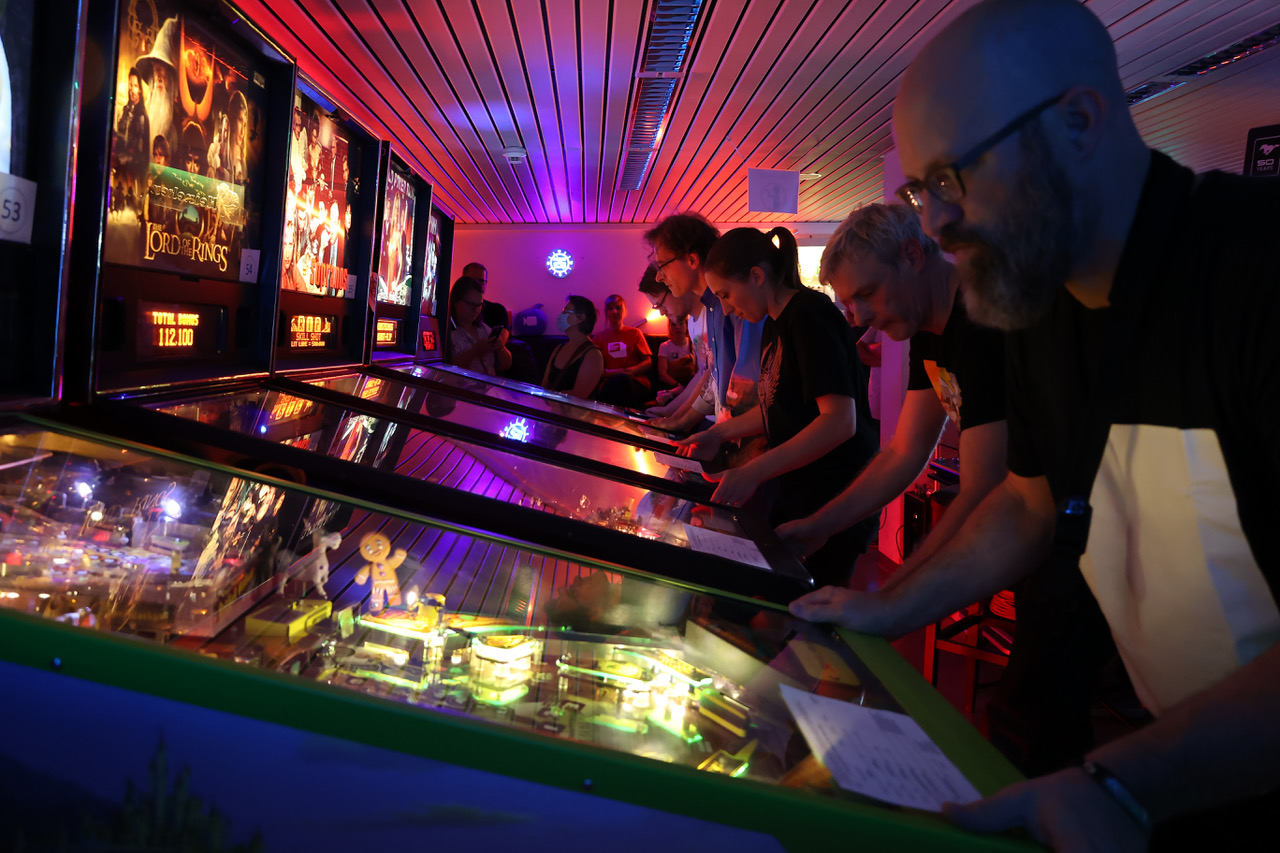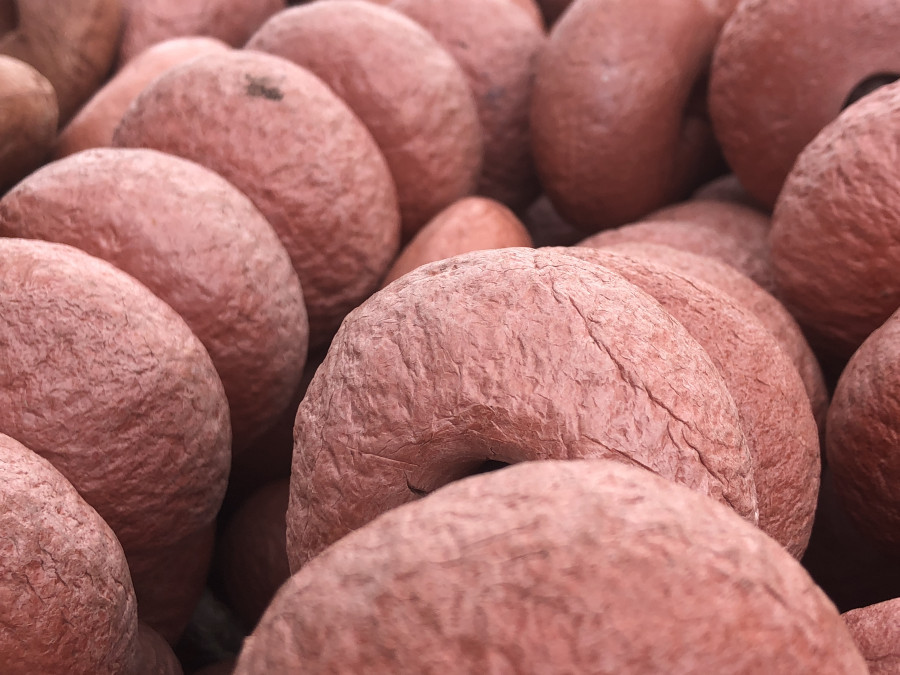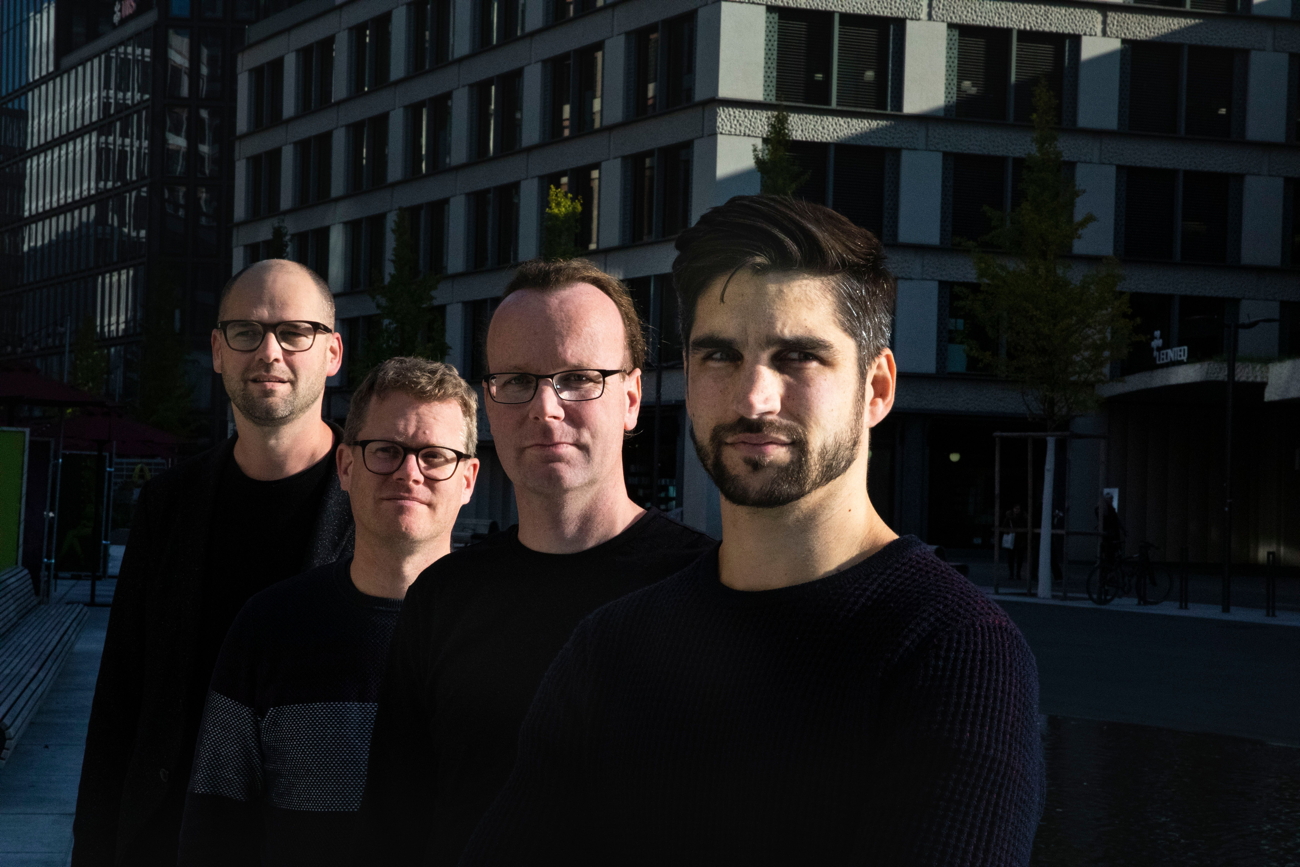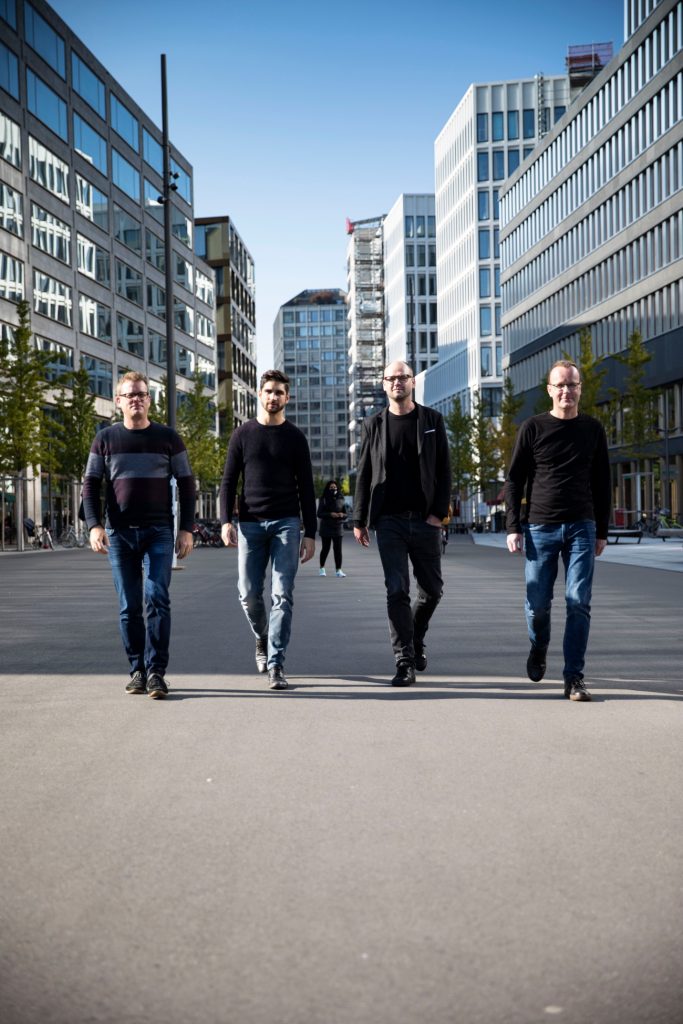Gabrielle Weber: Lausanne Underground Film and Music Festival awarded music prize
LUFF, Lausanne Underground Film and Music Festival, has been programming experimental music to accompany a selected film programme in Lausanne since 2002. This year, the festival received one of the special music prizes from the Federal Office of Culture (BAK). A few weeks before the start of this year’s edition, I met three members of the management team at the new Lausanne cultural centre Pyxis, right next to the cathedral in Lausanne’s old town, which is where LUFF’s offices are located. A conversation with Thibault Walter and Dimitri Meier, artistic directors of the music programme, and Marie Klay, managing director.
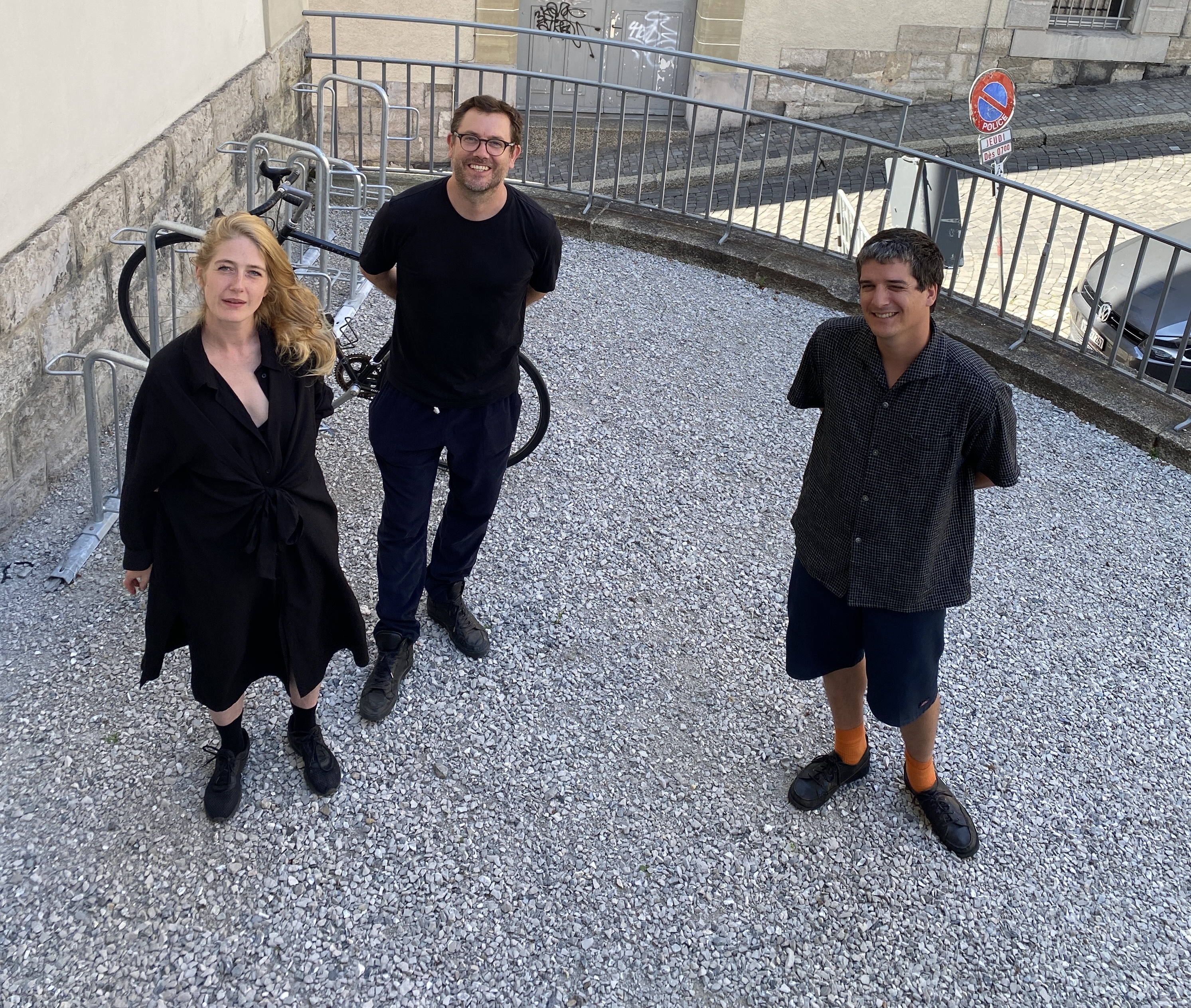
Gabrielle Weber
Marie Klay, Thibault Walter and Dimitri Meier come to our meeting as a trio and they are constantly developing each other’s ideas in conversation. There’s a reason for this: “The LUFF works as a collective,” Marie Klay tells me right at the start. “The team consists of around 50 people and meets regularly once a week throughout the year.” Decisions are made collectively and everyone has their say. Klay has been part of the team as Managing Director since a reorganisation in 2014: “All areas are equally important. Programming, for example, is no ivory tower”. Joint listening sessions are at the heart of the programme, adds Thibault Walter. They listen to and discuss works together before deciding who will be invited. This allows everyone to get involved. Thibault Walter has been part of the programme since its launch in 2002. Dimitri Meier joined in 2015 and continuously built up the music programming team.
The prize
The LUFF has gradually developed from a small insider event in Vevey to a major festival in Lausanne. Nevertheless, it is still an underground event. “When we received the call from the BAK, we initially thought it was a joke or a phishing phone call: we never expected to receive a music prize,” says Dimitri Meier. “The fact that we’re receiving this award for music is a profound challenge for us. But at the same time it is a recognition of our existential work and our choice of programme over the years,” says Thibault Walter.
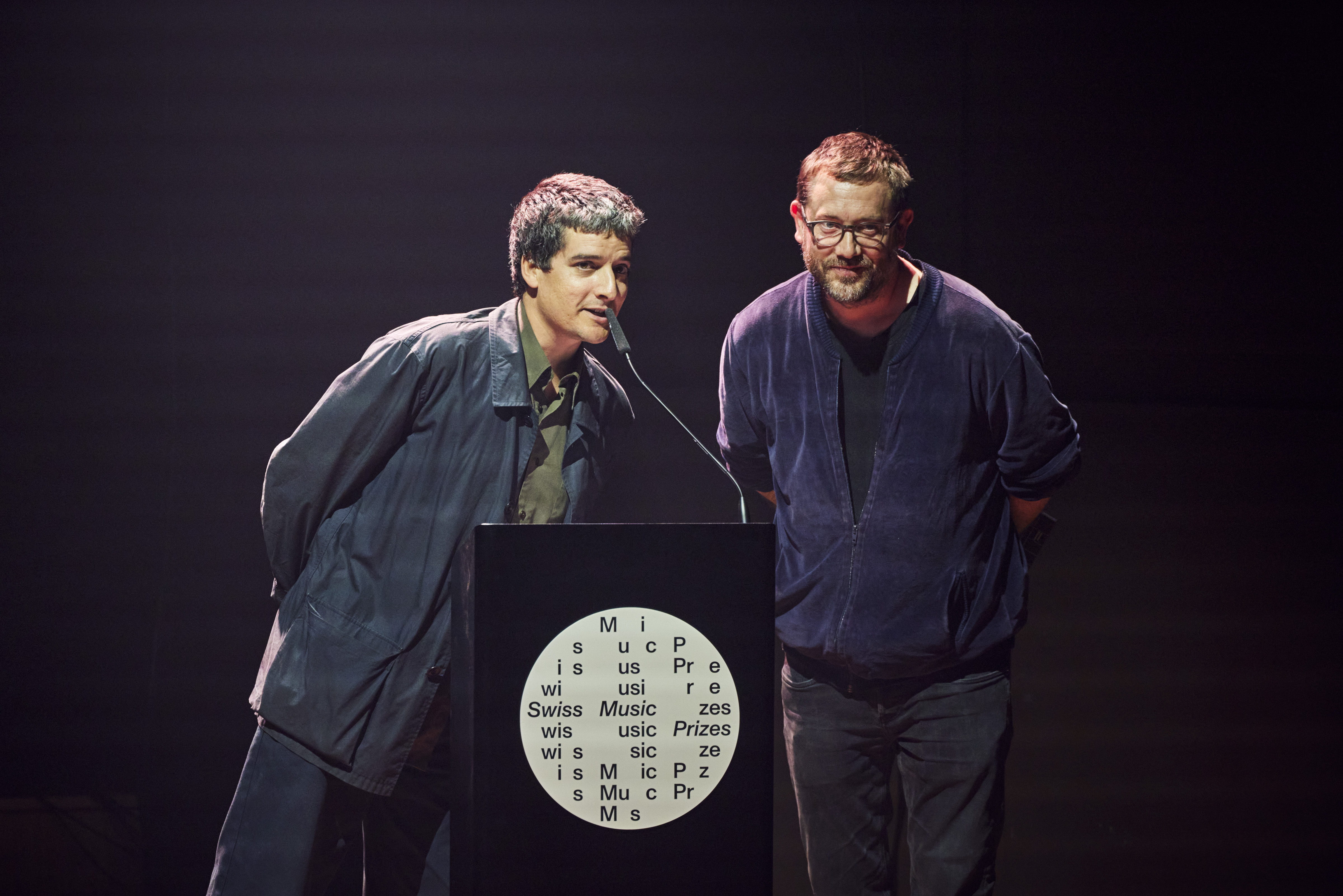
Noise!
LUFF likes to label its music programme ‘Noise’. The music genre, which originated in London in the seventies, is commonly understood to mean hiss, full volume, no melody or rhythm. But what is perceived as just ‘noise’ by some people is music to others – white noise can now also be found in the mainstream. But LUFF sees noise differently. “For us, noise is anything that goes against common musical practices. For some years, we also spoke of ‘non-music’ or ‘anti-music’,” says Dimitri Meier.
For Thibault Walter, noise is a relative term: “Noise usually has a negative connotation, but LUFF always uses it positively. We ask ourselves why certain sounds are undesirable and excluded and that’s exactly what we’re interested in.”
At LUFF, noise can also be humorous and melodic or quiet and subtle. Artists from Japan, where noise has been gaining ground since the 1980s and, alongside England, has one of the largest noise communities, are regularly present.
Jon the dog live @LUFF 2023
John the dog
Japanese performer Jon the Dog, for example, already performed at LUFF in 2023 and will be back in Lausanne again this year: she sings songs with a kind of childish voice, accompaning herself on the harmonium: melodious, harmonious, rhythmic and full of humour… in a way that is reminiscent of Japanese animated films. Her name comes from the fact that she performs in a dog costume, sometimes surprisingly in ‘hard’ noise concerts in Japan. For Thibaut Walter, she is an almost mythical figure. He suspects that she wants to hold up a mirror to the scene with this ‘positive immaturity’ and believes it is a reversal that says a lot about the scene.
“Noise doesn’t always mean at full volume, aggressive or exclusive… a sound can also be shaped very finely and full of nuances,” continues Thibault Walter.
Lise Barkas live @ LUFF 2023
Lise Barkas
Another example of the LUFF’s understanding of noise is embodied by Lise Barkas from Strasbourg: Barkas performs solo on the hurdy-gurdy. She was brought to Lausanne by the LUFF at an early stage and is now an internationally renowned noise artist. Her music oscillates between sounds that resemble early music and a scratchy, yet highly differentiated, noisiness. For Dimitri Meier, her concerts can also be read as a criticism of the usual over-amplification in the classical noise scene, which is completely idiotic.
A squat in Vevey
LUFF originated in a squat in Vevey, where a small circle of cinéphiles showed films from the New York Underground Film Festival, says Thibault Walter. The initiator left Switzerland and connected them to the Cinémathèque Suisse in Lausanne. In the Casino de Montbenon, where the Cinémathèque is located, they came across a huge unused room in the basement which turned out to be ideal for concerts. Together, they developed a kind of American New Wave cinema: selected films framed by concerts and so a film festival turned into a film AND music festival. “That’s another paradox. Receiving a music award for a music festival in a film festival.”
Lausanne scene full of experimental formats
The Lausanne scene was already rich in experimental formats before the festival. “The festival allows to showcase things that were already there: in flats, cellars or restaurants. The fact that so many people came together was a powerful, almost magical moment. We realised that we were not alone when we did something in our basements and that encouraged us to keep going,” says Thibault Walter about the early days of the festival.
To this day, all events take place at the Casino de Montbenon, headquarters of the Cinémathèque Suisse. By having them all in one place, the team also wants to bring the different audiences in contact with each other. The collective’s contributors also come from different backgrounds, for example from the film scene, like Marie Klay. The team is open and attentive, there is a friendly, almost familial atmosphere: they all believe and fight for the world being a good place, says Klay. “When you come together, you can make a positive difference”, Thibault Walter adds: “LUFF is a place that gives hope”, and Dimitri Meier: “Whenever one edition is over, we always look forward to the next one!”.
Gabrielle Weber
The LUFF took place for the 23rd time between October 16 and October 20.
New York Underground Film Festival, Pyxis – maison de la culture et de l’exploration numérique, Cinémathèque suisse Lausanne.
broadcasts SRF Kultur
Musik unserer Zeit, SRF Kultur, 25.09.2024: LUFF – Lausanne Underground Film and Music Festival taucht auf, author / editor Gabrielle Weber.
Musikmagazin, SRF Kultur, 5.10.24: Noise aus Lausanne: Das LUFF erhält Schweizer Musikspezialpreis, talk (min 10:30): Marie Klay, Dimitri Meier und Thibault Walter in talk with Gabrielle Weber.
Neo-profiles
Lausanne Underground Film&Music Festival (LUFF), Swiss Music Prizes


